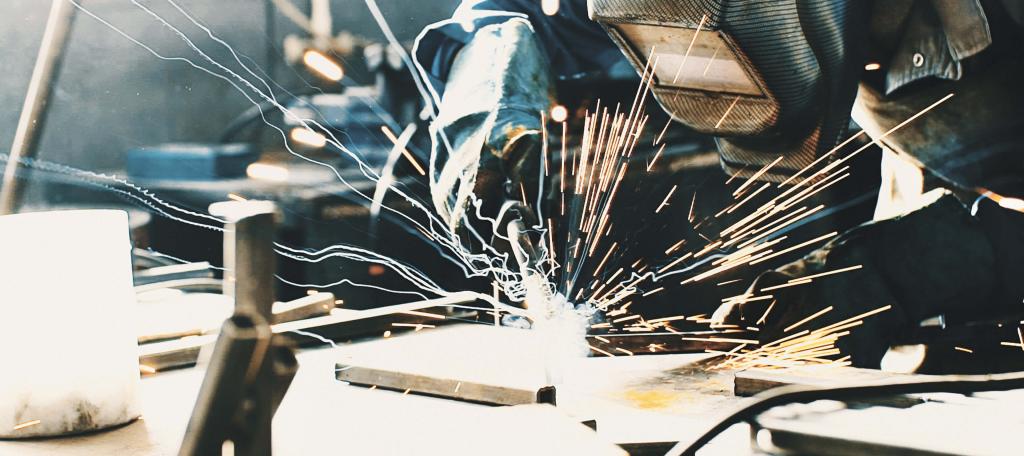
Hot work in agricultural buildings – prevent fires!
Do you occasionally or regularly perform welding or grinding operations? Be aware that hot work carries a very high fire risk. Especially when it is done inside a building whose walls are not clad with a non-combustible material. Learn more about this common cause of fire on Québec farms—and the precautionary measures to put in place to prevent considerable damage!
Are you familiar with the fire hazards?
It's hard to prevent a fire when you don't know the hazards involved. Here are the four main things to know about the hazards of hot work:
- A welding or grinding spark can reach a temperature of 6,000°C (10,000°F).
- This same spark can smoulder for 72 hours before bursting into flame.
- Never leave your hot work unattended, as this increases the risk of fire.
- All your hot work must be done by a qualified person.
Precautionary measures before hot work
Preparing the work area is the key to safety. Take these steps before you even start:
- Ensure welding and grinding equipment is working properly.
- Sweep the floor and remove all combustible material, ideally within 50 ft. (15 m).
- Wet down the work area.
- Never perform hot work near a combustible wall unless it is protected by a removable thermal protection screen (fibre cement panel, sheet metal, fireproof tarpaulins, etc.).
- Never work on a metal part (such as a pipe) in contact with a combustible wall, partition, or ceiling unless the surface at the points of contact is adequately insulated.
- Make sure you have access to a fire extinguisher or water hose near the work area.
- Make sure your portable fire extinguishers are kept in good working order. Every month, check the pressure (the needle should be in the green part) and turn each extinguisher upside-down a few times to prevent the powder from settling. Important: Your portable fire extinguishers must be inspected annually by a specialized firm.
Precautionary measures during hot work
Once your work area has been secured, you must take certain precautions during the welding or grinding operation:
- Watch carefully where sparks and hot particles fall.
- Constantly pay attention to your surroundings to ensure that nothing causes pyrolysis of combustible materials due to heat transfer (conduction, convection, radiation).
Precautionary measures after hot work
Did the hot work go well? Great! But remain vigilant, as fires often start after operations are completed—sometimes a long time after. Here are the steps to take once your work is completed:
- Thoroughly wet down all surfaces where work was done.
- Monitor the work area constantly for at least 30 minutes after work is completed.
- Then monitor periodically for a minimum of 4 hours.
You are now better informed about the fire hazards associated with hot work and the precautionary measures to take to avoid the worst. We hope that you will find these tips useful and that you will be able to apply them during your next welding and grinding operations. Remember, if you have any questions on the subject, contact your prevention advisor at Promutuel Insurance. We’re there for you!
